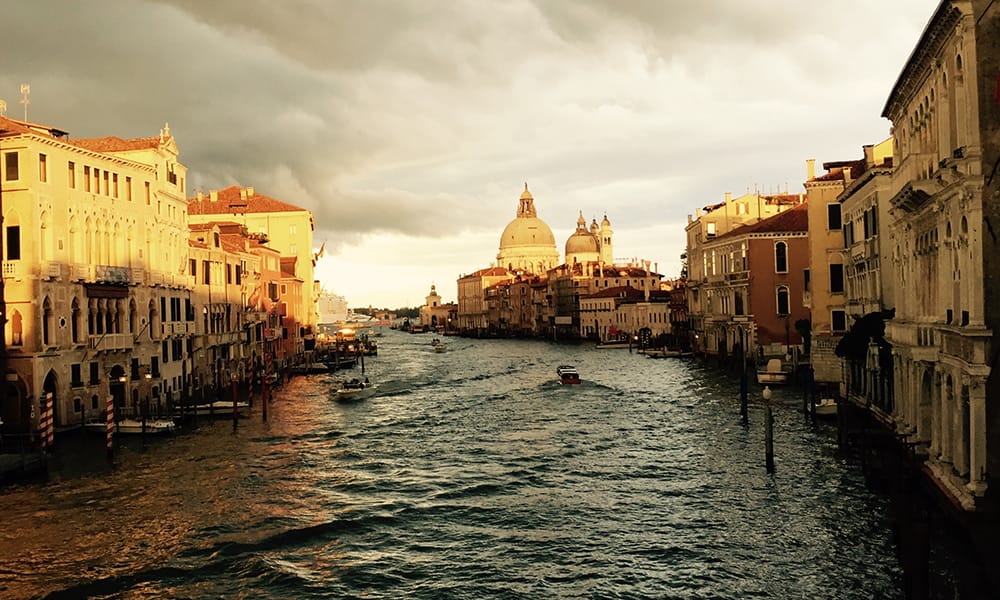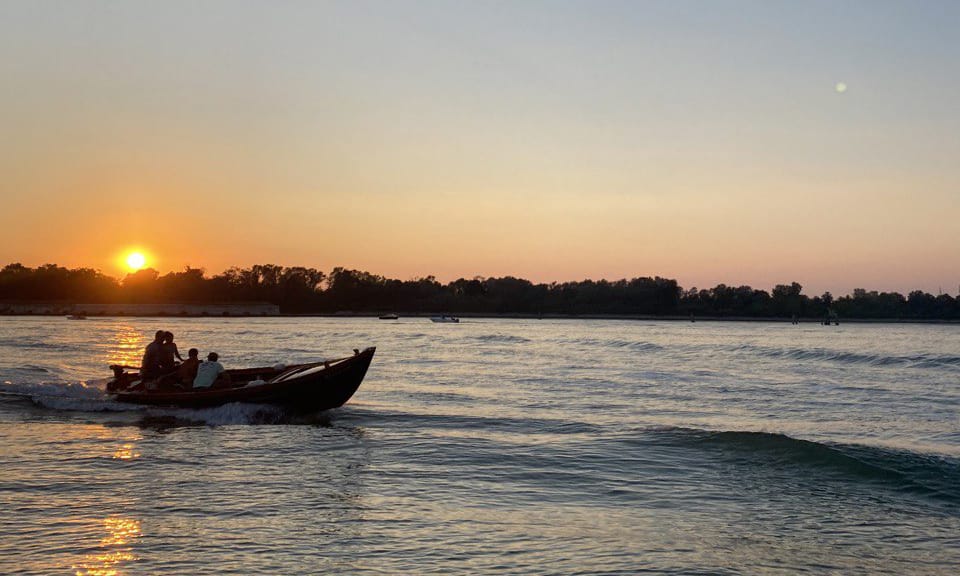On 21 November every year, Venetians have only one duty: walk across the temporary votive bridge of boats, which for the feast of Madonna della Salute, allows a crowd of believers and non-believers to cross the Grand Canal and reach the church of Maria della Salute (or just “la Salute” as Venetians say), the baroque masterpiece by the architect Longhena. The church was built as an act of devotion to the Virgin Mary who freed the city from the plague, which between 1630 and 1631 decimated its inhabitants.
This is maybe the annual feast of the city, which sees the genuine participation of all the people who feel Venetian, whether they still live on the islands or not.
An uninterrupted procession coming from every corner of the city starts early in the morning, converges towards the votive bridge and then towards the church. Here the sacred and the profane indissolubly blend, like in every religious celebration, which is genuinely felt by people. On one side there is the temple where people say their prayers and make token offerings in the trembling light of the thousand candles lit by diligent altar boys; on the other side the atmosphere of the street festival, people crowding around the colourful stalls, which sell sweets, frittelle (doughnuts) roast chestnuts and sugar candy.
A candle for the black Madonna and a balloon for the children: two symbols, which embody the “Venetianness” and are passed down from one generation to another.
It is one of the most authentic and heartfelt moments of Venetian city life, when citizens get actively involved, a rare example of a traditional Venetian custom, which is jealously guarded and still uncorrupted by mass tourism.
C.S.







